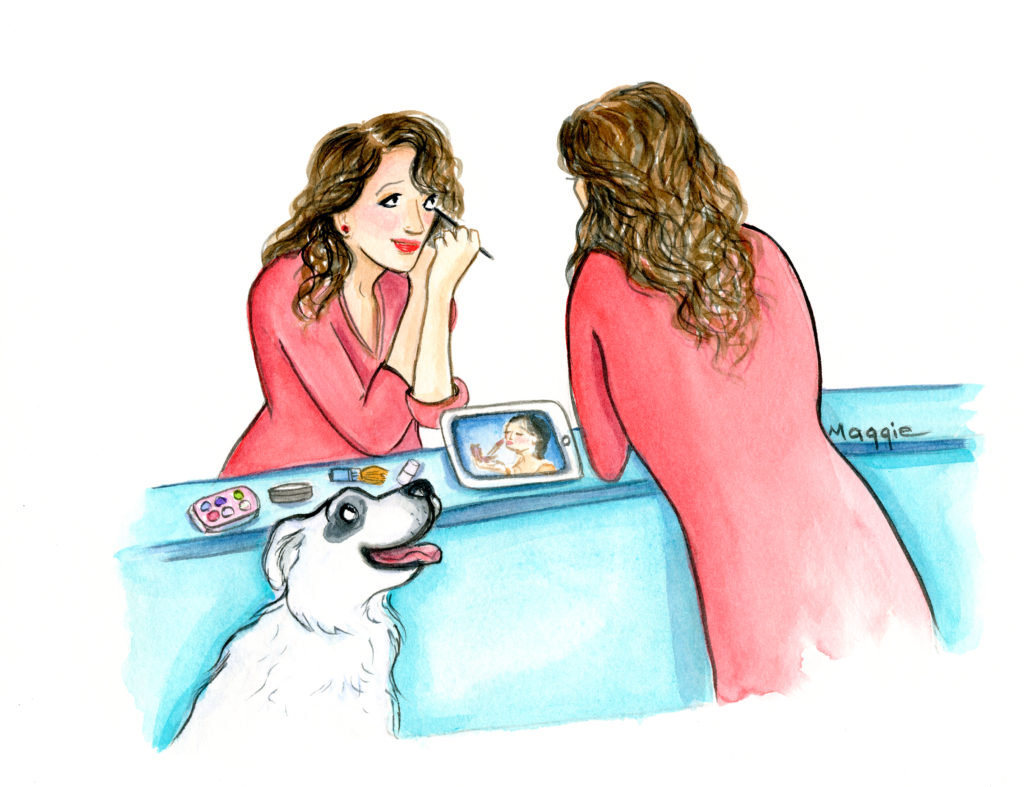10,000 Hours…of YouTube
Like many little girls, I loved picking through my mom’s makeup stash. She’d let me dust on a little blush now and then, and my grandma always humored me by sharing her tube of red lipstick. Like many teens in the early 2000s, I dabbled heavily with black eyeliner because I wanted so badly to look like the scene girls on MySpace. Big mistake, looking back.
Unlike little girls before the millennial generation, I learned to contour from Kim Kardashian’s makeup artist for free. In fact, I’ve learned how to do all of my makeup from professional makeup artists—on YouTube.
Everyone with internet access knows how much knowledge is available to us with the click of a mouse or the touch of a thumb, but YouTube is probably one of the most overlooked resources out there. Consider Malcolm Gladwell’s famous principle about taking 10,000 hours to master a skill. With 400 hours of video uploaded to YouTube every minute, I’d image there are plenty of beauty tutorials to help you hit that 10,000-hour mark. My mom and I once repaired our broken dryer with the help of a channel called British James, in which a charming British man explains how to replace broken belts in household appliances.
But millennials and the generation after us (hi, Gen Z babies) are perhaps the first generation of girls—and boys!—to learn how to do our makeup from professionals on the internet rather than from watching our moms or trying it out at sleepovers.
Beauty influencers have taught me everything I know about makeup, from how to apply it to what products work for my skin type. Samantha Ravndahl taught me how to rock glowy natural makeup, and Tati Westbrook taught me how to do full glam. Watching YouTube reviews is how many millennials decide which products we want to purchase, and many makeup brands now are being started by influencers (think Huda Beauty, Morphe and Makeup Geek).
But with all this free professional advice comes a downside. How do influencers make money? By advertising products to us, their viewers. Unlike asking your sister to borrow her foundation, we’re heeding the advice of people who are sometimes paid to push a product. Sure, they’re supposed to disclose paid ads, but they don’t always. The one challenge of all this free advice is that we have to learn to be discerning consumers at younger and younger ages.
So the next time you’re at the mall and see a group of 13-year-old girls who look like they got to skip the awkward eyeliner phase—which I’ll be filing a formal complaint about, by the way—now you know why they look like they just came from the Merle Norman counter. They’ve put in their 10,000 hours.






